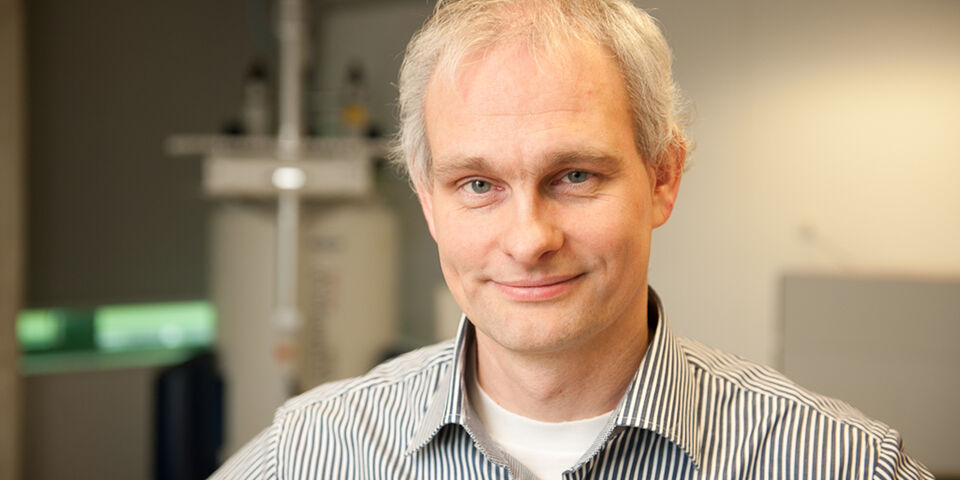Artificial life and nanomedicine
The scientific route towards artificial life is teeming with biomedical treasures, which may benefit medicine in particular. Holding on to that idea Professor Jan van Hest - who was trained at TU/e and acquired prominence in Nijmegen - will after the summer start a new research group within the Departments of Biomedical Engineering (BMT) and Chemical Engineering and Chemistry (ST): Bio-organic Chemistry.
With Jan van Hest (47) TU/e has contracted an arrived scientist. More than 280 scientific publications bear his name; in addition, he was at the cradle of four startups and seventeen patents. For sixteen years he was Full Professor at Radboud University Nijmegen, but as he was appointed there at the early age of 31, he still has half a career ahead of him.
A large number of his doctoral candidates are about to complete their PhD tracks and his daughter is going to school for the first time in January; which means that for Van Hest this is a good moment to change cities, he thinks. “A new environment gives new inspiration. Besides, TU/e offered me a 50/50 appointment at BMT and ST. That links up exactly with my two main research lines: nanomedicine and the construction of equivalents of living cells.”
At the Department of Biomedical Engineering Van Hest intends to develop new methods for the release of medication in the body. “Imagine clever particles, filled with medication, which manage to find their way inside the body to the right cell types. This is perfectly in line with the profile of the BMT Department.” At Chemical Engineering and Chemistry he will devote himself to more fundamental research, such as the creation of artificial, synthetic cells and subunits of these – such as organelles: the ‘organs of the cell’.
The connecting factor between the two research lines is formed by a specialty of Van Hest: the creation of minuscule capsules, in which medicines, enzymes, or other substances can be enclosed. “Such compartments can be made of phospholipids, which also make up natural cell membranes, but of polymers or proteins as well. We have already succeeded in integrating them into living cells, where they function as artificial organelles.”
Recently the bioorganic chemist was awarded an Advanced Grant of 2.5 million euros by the European Research Council, which will enable him to make a flying start in Eindhoven. The idea behind that project, as he explains, is that the complexity of our bodily cells was caused in the distant evolutionary past by a bacterium nestling in the cell of another bacterium – our distant ancestor. “It is thought that this is how the precursors of our mitochondria arose, the organelles which function as the power plants of our bodily cells. That is an intriguing insight; I would like to try and mimic that process with our own artificial organelles, in order to see which functions could thereby be added to a cell.”



Discussion